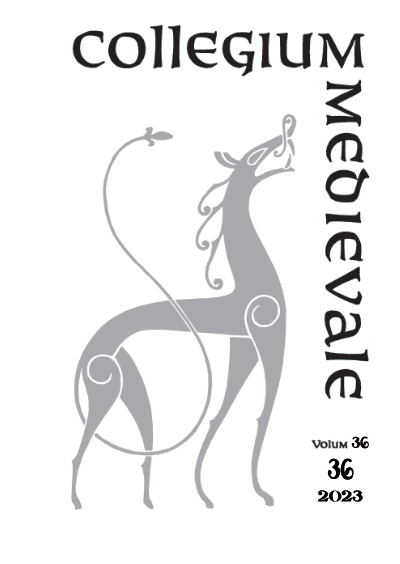Sammendrag
Peter’s pence is the earliest documented monetary tax known from the Norwegian Middle Ages. It was collected from ordinary parish members, from the establishment of the Norwegian Church province 1152/3 until the Reformation 1537. This article provides an account of how the Peter’s pence worked, in terms of collections in Norway and transfer of funds to the papacy in Rome and Avignon. Despite the modesty of individual contributions, the amounts transferred to the papal camera were considerable. During the seventy-five years from 1290 to 1364, a total of approximately 7,000 Norwegian marks were collected, equivalent to 330 kg of sterling quality silver, measured in gold some 5,000 florins (17-18 kg). From the 1360s onwards the silver famine in Northern Europe made it difficult to organize tax collections. In the early fifteenth century the flow of Peter’s pence picked up again. Funds from Peter’s pence were often handled and transferred together with other papal revenues: crusader tax, annates and servitias. At times, the tax flows to Rome and Avignon could put a strain on limited financial resources in Norway leading to sanctions on export of Norwegian currency and silver. In general, the papal taxes represented a driving force for monetization in the Norwegian medieval society, especially in rural areas.
Dette verket er lisensiert under Creative Commons Attribution-ShareAlike 4.0 International License.
Opphavsrett 2023 Forfatterne

